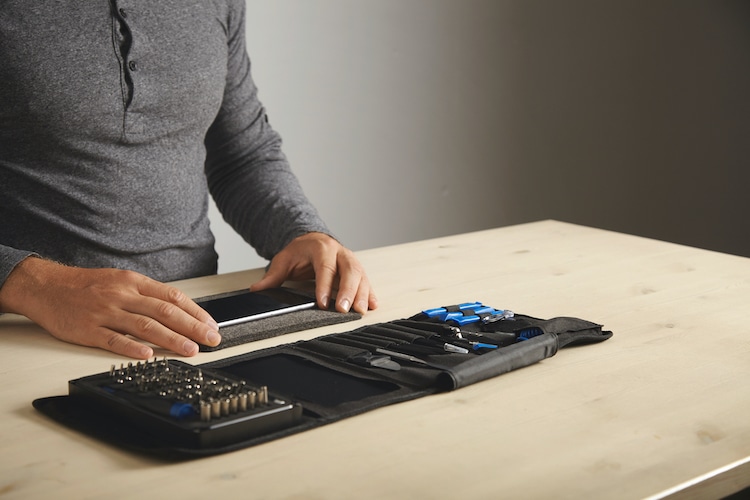All of us will have heard of planned obsolescence during some conversation.
When an appliance breaks down, or the smartphone goes haywire ahead of time, there are those who shake their heads and say that the same objects twenty years ago would have lasted much longer.
In fact, the concept of planned obsolescence refers to the planning of the duration of a specific product. Which after a certain time becomes useless or, even worse, is perceived as obsolete by consumers.
To overcome this drift, which also has far from virtuous repercussions on our already sufficiently proven planet, a concept in some ways opposite has been introduced: that of the right to reparation.. On which the European Parliament has intervened in the past few hours.
Let’s first find out what is meant by the right to reparation, and then see what the recent requests for the EU Parliament are.

The right to repair
The right to repair has been approved by the European Union with Regulation 2021/341.
In a nutshell, manufacturers of electronic devices (from washing machines to smartphones, from televisions to tablets) will have to abide by some rules. These include making the products easily repairable even outside the official circuits, and also making sure that spare parts are easily available on the market. Not only that: they will also have to provide transparent repair instructions.
It is quite evident that this package of regulations aims precisely to put a stop to the enormous production of technological waste, as well as to planned obsolescence. Against whom a crackdown is coming.
Against planned obsolescence
With 509 votes in favor, 3 against and 13 abstentions, the European Parliament approved its requests for the European Commission’s proposal on the right to reparation.
The press release published on Thursday 7 April explains better what the requests of the EU are, which aims at introducing more durable products on the market. And it also aims to favor repair rather than replacement.
The requests of the EU
MEPs demand that products be designed to last longer and be repaired safely, and that their components be easily removable. Consumers should then have free access to information regarding repair and maintenance.
A specific point concerns digital devices. According to the European Parliament’s proposal on the right to repair, application updates should be reversible (that is, you should be able to revert to a previous version). And they shouldn’t lead to a decrease in performance.
Consumers should be clearly informed about updates, which should be made available for a minimum period of time.
Among the other requests of MEPs, the one for incentives to consumers, to favor the repair of a product rather than the replacement, stands out.. Among the concrete proposals in this sense, the extension of the warranties or the supply of a replacement device for the duration of the repair.
We also report the request for harmonized rules on consumer information, the spread of intelligent labeling tools such as QR codes and a future directive on eco-design with durability and product repair requirements.
Apple’s Self Service Repair
Since 2022, Apple has launched the Self Service Repair program, which will allow for do-it-yourself repairs of the company’s iPhones and other products.
Yet, reads the company post published for the launch of the initiative, “the Self Service Repair service is designed for people specialized in technical assistance who have the skills and experience required to repair electronic devices. For most customers, going to a professional service provider with certified service technicians who use genuine Apple parts is the safest and most reliable way to get a repair. ”
So, the service – born among many controversies – does not seem to go exactly in the direction of the right to reparation.
The environmental impact
The right to repair is also designed to contain the environmental impact of technological waste.
Some of the figures are impressive. European consumers produce on average 16.2 kilograms of electronic waste in a year, compared to 5.6 for the Asian continent and 2.5 for Africa.
Globally, we throw some 78 million batteries in the trash every day.
One of the most recent proposals put forward by the European Union has been to use a single charger for all electronic devices. But this proposal, apparently more than sensible, was immediately rejected not only by producers but also by some consumer associations.















Leave a Reply
View Comments